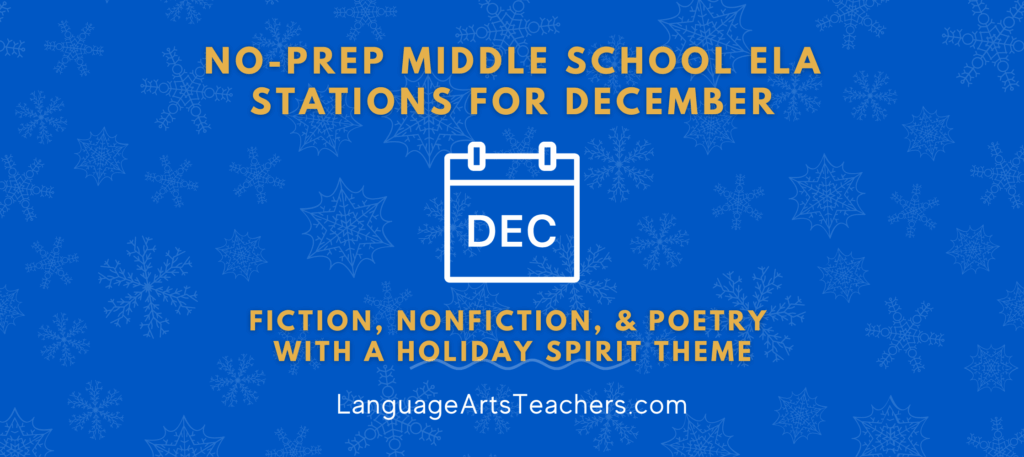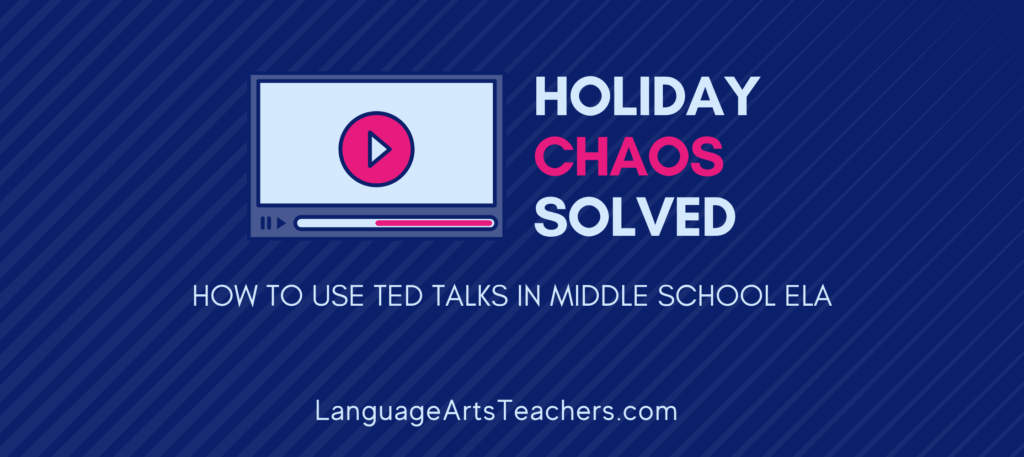If you’ve been wondering how to organize your classroom library, I promise you’re not alone.
I’ve had middle school teachers from my free Facebook group ask about this very topic… while desperately trying to hide their frustration about it. Hey, no judgment from me!!
I get it… it’s frustrating to think you’ve got your whole classroom library organized only to come back the next day and find your students have put books wherever they wanted … and all out of order.
Arghhh!
So what’s the easiest way to organize your classroom library—and keep it that way?
We had several teachers share what’s worked for them, and I want to share some of their ideas with you today—along with several of my own. 😀

Best Ways to Organize Your Classroom Library
There are numerous ways to organize your classroom library… from color coding to authors’ last names to genre.
The bottom line is ANY of these can work, but not all of them will work for YOU. So the trick is to find out which of these methods will be the easiest for you and your students to stick with.
Let’s start with the most whimsical strategy, shall we?
The Rainbow Method
Color is really the only key to this organization method. All you do is group books together by the color of their spine/covers. Blue books go together, red books go together, green books … you get the idea. 😛
This is also probably the easiest method to maintain. Think about it … it’s much easier to put a book away with other books of the same color than it is to think through what genre it is. Especially for middle school students!!
The Library System
If you have the patience and time to keep up with this one, my hat’s off to you! Mimicking this organization system does help prepare your students for browsing libraries. (Think about how many students are totally confused by the Dewey Decimal System…)
The work that goes into this might not make it worth it to you, though, since you’ll likely need to create stickers or tabs for each book to label them correctly. Otherwise, students can easily get too confused!!
But if you really want your students to know the Dewey Decimal System, then go for it! 😄
Alphabetically by Author’s Last Name
When it comes to how to organize your classroom library, this is another relatively easy one for students to keep up with.
One major upside to this organization strategy is that it teaches students to pay attention to authors instead of just the title. As students look for books in the future—whether on Amazon, in the library, or at a bookstore—it will come in handy to keep an eye out for authors’ names!
The downside, though, is that if they don’t know an author’s name, it’ll make it really hard to find the book… which is frustrating for students. And takes a LOT more time!
Color Code by Genre
Instead of organizing books based on the color of their covers, try using color to organize by genre.
The main objection a lot of teachers have to organizing by genre is that it’s too hard for students to discern a book’s genre.
You can make this process a lot easier by assigning a certain color to each genre. Then put the right color sticker on the spine of a book to help students with organizing and putting books away.
Simple as that!!
Alphabetically by Title
If you like organizing alphabetically but don’t like the idea of organizing by author name, then this method is perfect for you!!
This is also easier for students to keep track of. Just make sure to tell them if you count the word “The” or not at the beginning of a title LOL!
Organize Your Classroom Library by Time Period
Instead of organizing by title, name, or color, try focusing on the time period that the book is set in or written.
For instance, Oliver Twist and Tom Sawyer would be in the 1800s’ section, and The Singing Tree would be in the early 1900s’ section (or you could label it the WWI section).
The only hiccup in this method is when it comes to science fiction—or any mythical fiction books or series like Harry Potter or The Chronicles of Narnia. You could simply decide to put those in a section of their own, though.
However you decide to organize your classroom library, make sure it works for you and your students. Is it simple enough to remember and implement? Does it make it easier or harder to find the book you need? Think about these questions before you land on a specific organization method.
Stop feeling like you have to choose between prepping for class and enjoying family time by clicking the button below to grab several weeks of free bell-to-bell lesson plans for 6th, 7th, and 8th grade.




